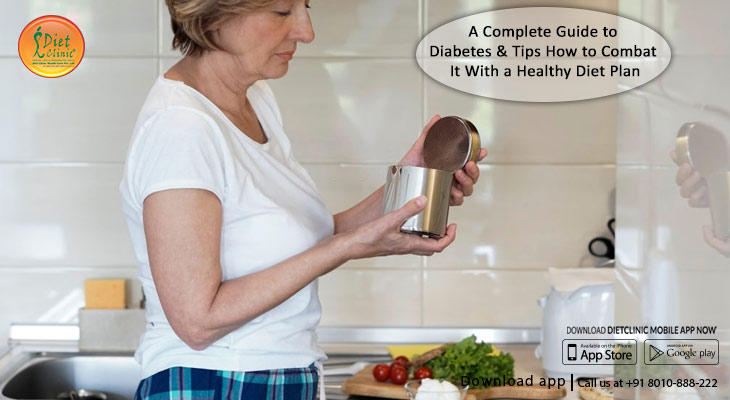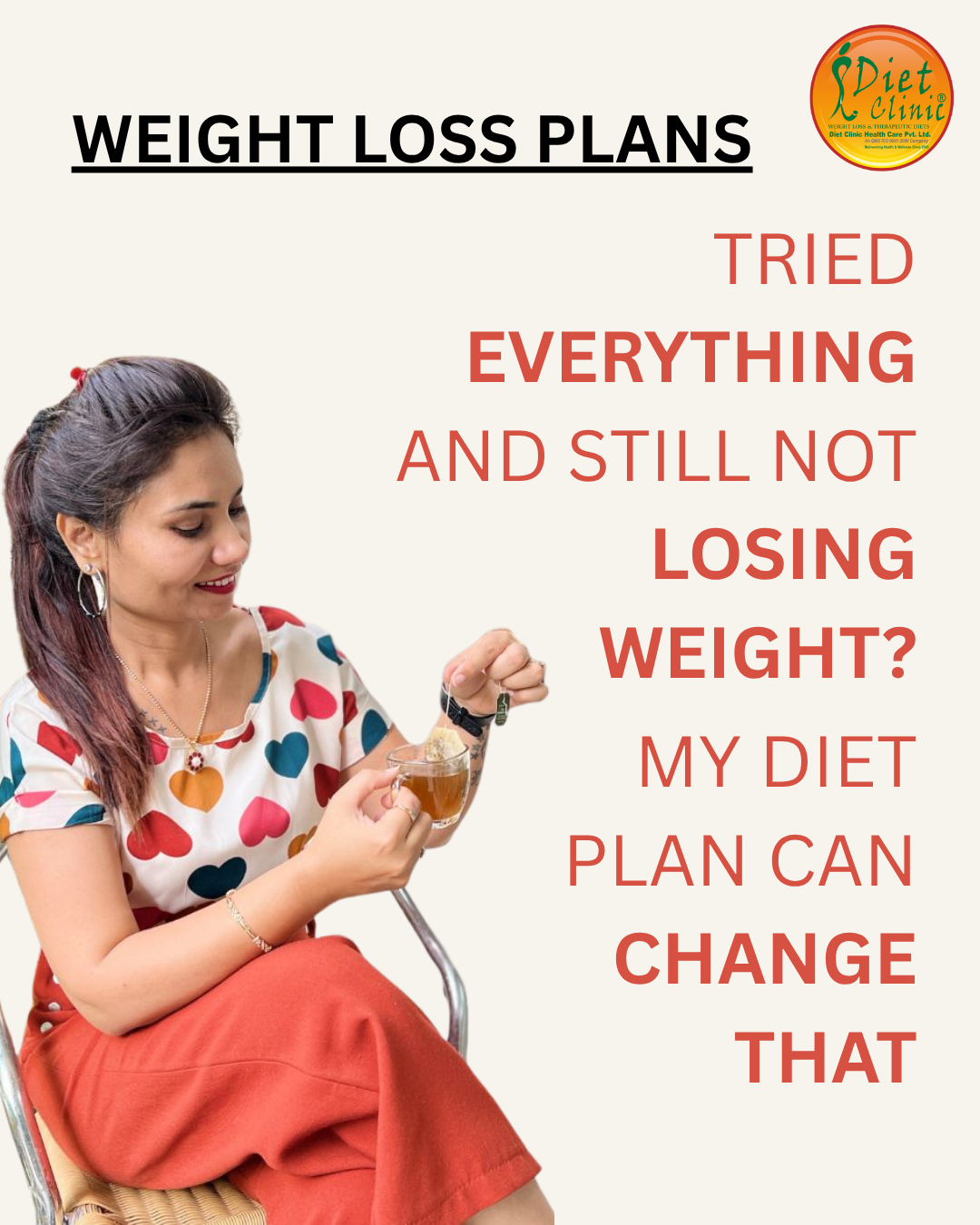
Dietician Sheela Seharawat
In order to understand diabetes, a diseases that has effected more than 400 million people worldwide and the number is increasing in an alarming rate and is also a leading cause of blindness, kidney failure, amputations, heart failure and stroke, we must understand the role insulin plays in our body.
Whatever food we eat, our body converts it into sugar or glucose. At this point the pancreas in our body releases insulin, which allows the cells to open up and absorb the glucose that serves as a fuel to provide energy. But with diabetics this does not happens. It may be a case where the body 9pancreas) is unable to produce adequate levels of insulin or the cells are unable to absorb glucose or may be both, which in turn causes the blood glucose or sugar levels to go high.
The role glucose plays:
Glucose or sugar is the source of energy of the cells that builds muscles and tissues.
Our liver stores and makes glucose.
Glucose comes from two major sources: the food we eat and from our liver.
Glucose is absorbed in the blood and enters the cells with the help of insulin.
When the body glucose levels drops down like in cases or not eating for long, the liver breaks down the stored glycogen into glucose and keeps it in normal range.
Diet and Diabetes
The main aim while selecting foods for diabetes is to ensure the ones that keeps blood sugar levels in control. Also important to eat foods that help prevent diabetes complications like heart diseases.
No food type is off limits. The ones which we think are the worst, could be occasionally taken in small amounts, but it is better we understand and choose the best options.
Here are the food groups that constitute a healthy diet with their options of good and not so good ones if you have diabetes:
Food Group: Vegetables
What you get is good amounts of fibre and very little or no salt and fats.
Good choices:
Leafy greens such as spinach, kale and arugula.
Fresh veggies either eaten raw, lightly steamed, roasted or grilled.
Less salted and low sodium canned vegetables.
Plain frozen vegetables like peas and carrots, lightly steamed or broiled.
Opt for a variety of colourful vegetables like green leafs, red or orange (carrot and red peppers), purple (egg plants) and white (onions).
Poor choices:
Canned veggies with a lot of added sodium.
Pickles with sodium.
Cooked vegetables with butter, sauces and cheese.
Any other vegetables with added sodium as it goes against high blood pressure.
Food Group: Fruits
It supplies with carbohydrates, vitamins, minerals, and fibres. Naturally low in fat and sodium have higher carbs as compared to vegetables.
Good choices:
Fresh fruits.
Canned or frozen fruits without added sugar.
Low or sugar free preserves and jams.
Fruit sauces and derivatives without added sugar.
Poor choices:
Sugar fruit roles and candies.
Canned fruits dipped in sugary syrups.
Fruit juice and other fruit drinks that has loads of added sugar for taste.
Regular preserves, jams and jellies.
Food Group: Dairy
Consume in smaller portions and opt for low fat options.
Good choices:
Low fat cheese.
Low fat yoghurt.
Skimmed milk.
Low fat or fatless sour cream.
Poor choices:
Full cream or whole milk.
Regular cheese.
Regular and sweetened yoghurts.
Ice creams.
Food Group: Protein
Chicken, fish, pork, turkey, seafood, beans, cheese, eggs, nuts, and tofu are good choices.
Good choices:
Seafoods and fish.
Plant based proteins like beans, nuts, seeds and tofu.
Chicken and poultry.
Eggs and low-fat dairy.
Poor choices:
Fried and processed meats.
Fatty meat cuts like the rib portion.
Regular cheeses.
Poultry with skin.
Deep-fried fish.
Deep-fried tofu.
Even if you are not a vegetarian or vegan, try to include plant based proteins in your regular diet as in addition it provides nutrients and fibre that aren’t in animal products.
Food Group: Oils, Fats and Sweets
The foods in this group are difficult to resist, but makes it easy to gain weight and making it difficult to manage diabetes.
Good choices:
Nuts, seeds and avocadoes are natural sources of healthy fats.
Fatty fishes like salmon, tuna, or mackerel that gives healthy doses of omega 3 fats.
Plant based oils like canola, olive and grape seed oils.
Poor choices:
Anything that has trans fats as it is worst for heart.
High amounts of saturated fats, which mainly comes from animal products but also are in coconut oil and palm oil. It is bad if you have heart disease along with diabetes.
Food Group: Carbohydrates
Our body needs carbs, but it is important to choose wisely.
Good choices:
Whole rains like oat meal, quinoa, and brown rice.
Items made with whole grains with no or less added sugar.
Baked sweet potatoes.
Poor choices:
White breads.
Processed starchy products like French fries.
Fried white flour products like tortillas.
Processes grains such as refined flour and white rice.
A few healthy diabetes recipes
As diabetic you are many a times sadly pushed away from a lot of foods. These smart, low-carb, high-fibre variants are some healthy choices that you can enjoy freely with conditions of diabetes.
1. Sprouts Tikki
Using sprouted moong in regular aloo tikkis increases the nutrient-value, while coriander and mint give an aromatic spin to the same.
Ingredients:
Sprouted moong (whole green gram) : 1 cup
Chopped coriander (dhania) : 3 tbsp
Chopped mint leaves (pudina) : 3 tbsp
Besan (Bengal gram flour) : 1 tbsp
Salt : to taste
Asafetida (hing) : a pinch
Green chilli paste : 2 tsp
Chopped coriander (dhania) for rolling : 1 tbsp
Chopped mint leaves (pudina) for rolling : 1 tbsp
Oil : for greasing and cooking
Cooking Method:
Blend the sprouted moong along with little water in a mixer into a smooth paste.
Transfer it to a bowl, add the coriander, mint leaves, besan, salt, asafoetida and green chilli paste and mix well.
Divide the mixture into 6 equal portions and roll out each portion into about 2” round flat thin tikkis.
Roll each tikki in mint leaves and coriander, till they are covered from all the sides.
Heat a non-stick tava (griddle), and cook each tikki, using 1/8 tsp oil, till they turn golden brown in colour from both the sides.
Serve immediately.
2. Moong Dal and Paneer Chila
An easy-to-make and extremely healthy snack.
Ingredients:
Yellow moong dal (split yellow gram) , soak 3 to 4 hours : 1/2 cup
Salt : to taste
Asafoetida (hing) : a pinch
Sugar : 2 pinches
Green chilli paste : 1 1/2 tsp
Crumbled low-fat paneer (cottage cheese) : 8 tbsp
Finely chopped coriander (dhania) : 4 tbsp
Chaat masala : 1 tsp
Besan (Bengal gram flour) : 1 tbsp
Oil for greasing and cooking : 3 tsp
Cooking Method:
Combine the moong dal along with little water and blend in a mixer until smooth.
Transfer it to a bowl, add the salt, asafetida, sugar and green chilli paste and mix well.
Heat ¼ tsp of oil in a non-stick tawa (griddle) and pour a ladleful of the batter and spread it evenly to make a thin round of approx. 5”.
Sprinkle 2 tbsp low-fat paneer, 1 tbsp coriander and ¼ tsp chaat masala and cook on a medium flame using ½ tsp of oil till they turn golden brown in colour from both the sides.
Repeat with the remaining ingredients to make more chilas.
Serve hot immediately.










